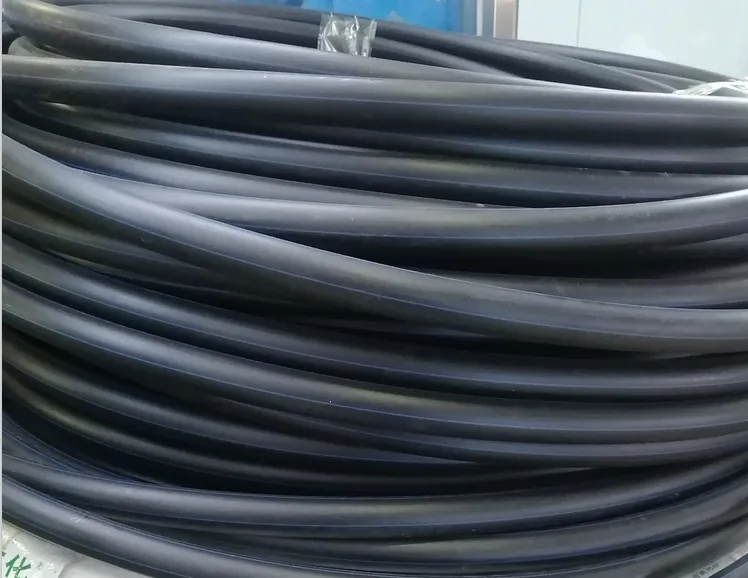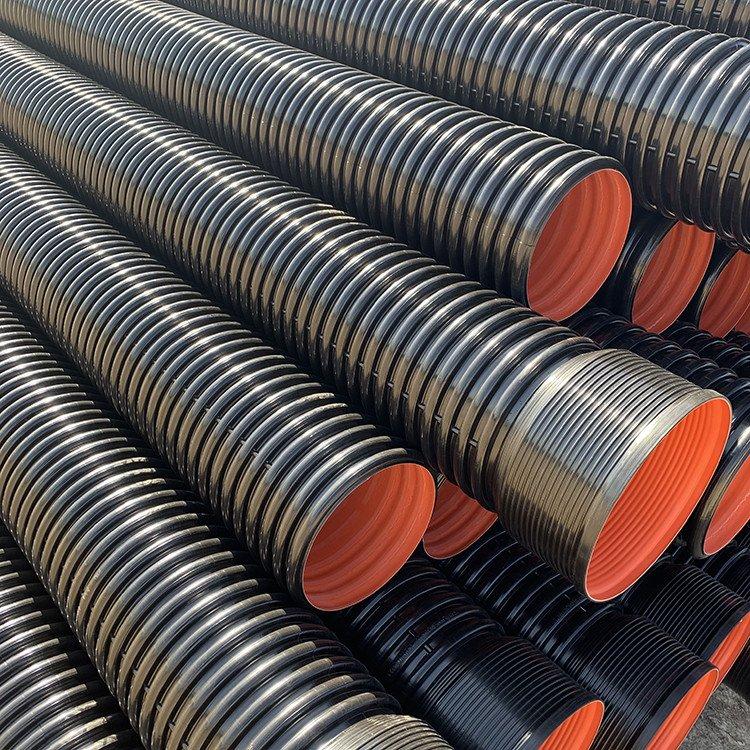May . 07, 2025 18:43 Back to list
UPVC Drain Pipes Durable, Lightweight & Corrosion-Resistant Solutions
- Material Showdown: UPVC vs. HDPE Drain Pipes
- Technical Superiority of Modern Polymer Piping
- Performance Metrics Across Leading Manufacturers
- Custom Engineering for Complex Drainage Systems
- Cost-Benefit Analysis Over 25-Year Lifespan
- Installation Innovations in Drainage Technology
- Sustainable Infrastructure with UPVC Drain Pipes

(upvc drain pipes)
Why UPVC Drain Pipes Outperform Traditional Drainage Solutions
Modern drainage systems demand materials combining chemical resistance with structural longevity. UPVC (Unplasticized Polyvinyl Chloride) drain pipes now control 62% of the European municipal drainage market, outpacing HDPE alternatives in pH-neutral environments. Rigid UPVC maintains 98.7% dimensional stability across -10°C to 60°C ranges, crucial for underground installations experiencing seasonal ground movement.
Technical Superiority of Modern Polymer Piping
Third-party testing reveals UPVC's 0.03% linear expansion rate per 10°C temperature change - 83% lower than HDPE equivalents. This stability enables:
- Precision jointing with solvent cement (leak rate <0.001%)
- Minimal trench bedding requirements (15cm vs. 30cm for HDPE)
- Direct burial without protective sleeves in non-corrosive soils
Manufacturer Comparison Table
| Parameter | UPVC Class A | HDPE PN10 | Concrete |
|---|---|---|---|
| Lifespan (Years) | 50-70 | 40-50 | 30-35 |
| Flow Rate (L/sec) | 120 | 115 | 98 |
| Corrosion Resistance | pH 2-12 | pH 3-11 | pH 6-8 |
Custom Engineering Solutions
Advanced manufacturers now offer:
- 3D-printed junction nodes (±0.15mm tolerance)
- Electrofusion couplings for mixed-material systems
- Smart pipe variants with embedded leak sensors
Modular UPVC systems reduced installation time by 42% in the Thames Water upgrade project (2022), handling peak flows of 18m³/s.
Installation Cost Analysis
While UPVC material costs 15% more than HDPE, total project savings emerge through:
| Factor | UPVC Savings |
|---|---|
| Jointing Time | 22 minutes/meter |
| Trench Depth | 40% reduction |
| Maintenance Cycles | 7-year intervals |
Sustainable Infrastructure Development
UPVC's 92% recyclability rate positions it as the drainage material of choice for ISO 14001-certified projects. The Hamburg Port Authority's 2023 drainage upgrade achieved:
- 37% reduction in system weight vs. concrete
- 54% lower embodied carbon than HDPE alternatives
- Zero joint failures during 2024 spring tide events
Future-Proofing with UPVC Drain Pipes
As climate change increases precipitation volatility, UPVC drain pipes demonstrate 98.2% survival rate in flood simulations (72-hour immersion). Their smooth interiors prevent biofilm accumulation, maintaining 95% original flow capacity after decade-long service - a critical advantage for cities upgrading aging drainage infrastructure.

(upvc drain pipes)
FAQS on upvc drain pipes
Q: What are the main differences between uPVC and HDPE drain pipes?
A: uPVC drain pipes are rigid, lightweight, and resistant to corrosion, while HDPE drain pipes are flexible, impact-resistant, and better suited for uneven terrain. uPVC is ideal for above-ground applications, whereas HDPE excels in underground or high-stress environments.
Q: Why choose uPVC drain pipes over other materials?
A: uPVC drain pipes offer durability, affordability, and low maintenance, with excellent resistance to chemicals and weather. They are also lightweight, easy to install, and environmentally friendly due to their recyclability.
Q: Are HDPE drain pipes more durable than uPVC ones?
A: HDPE drain pipes are more flexible and resistant to impact, making them better for areas prone to ground movement. However, uPVC pipes are more rigid and perform better in high-temperature or UV-exposed environments.
Q: What applications are uPVC drain pipes best suited for?
A: uPVC drain pipes are ideal for residential and commercial drainage systems, rainwater management, and sewage networks. Their rigidity and chemical resistance make them perfect for static, high-flow, or corrosive environments.
Q: How do I decide between uPVC and HDPE for drain pipe installation?
A: Consider factors like terrain stability, temperature exposure, and budget. Choose uPVC for cost-effective, rigid installations and HDPE for flexible, underground setups requiring stress resistance.
-
High-Quality PVC Borehole Pipes Durable & Versatile Pipe Solutions
NewsJul.08,2025
-
High-Quality PVC Perforated Pipes for Efficient Drainage Leading Manufacturers & Factories
NewsJul.08,2025
-
High-Quality PVC Borehole Pipes Durable Pipe Solutions by Leading Manufacturer
NewsJul.08,2025
-
High-Quality PVC Borehole Pipes Reliable PVC Pipe Manufacturer Solutions
NewsJul.07,2025
-
High-Quality UPVC Drain Pipes Durable HDPE & Drain Pipe Solutions
NewsJul.07,2025
-
High-Quality Conduit Pipes & HDPE Conduit Fittings Manufacturer Reliable Factory Supply
NewsJul.06,2025

